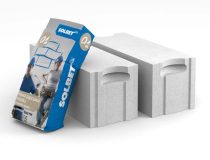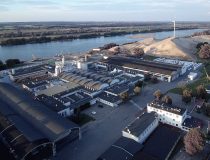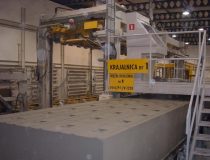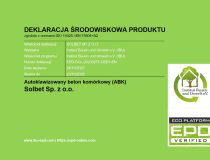
SOLBET cellular concrete – with the environment in mind
SOLBET cellular concrete not only makes it possible to build energy-efficient houses easily and quickly, but it is also environmentally neutral at practically every stage of its lifespan – from production, through transport, construction, use of the building, all the way to its disposal as waste and demolition materials. SOLBET’s consistent green investments in renewable energy and environmental protection over the years prove that the company has made environmental responsibility a permanent feature of its operations, which distinguishes it [...]




